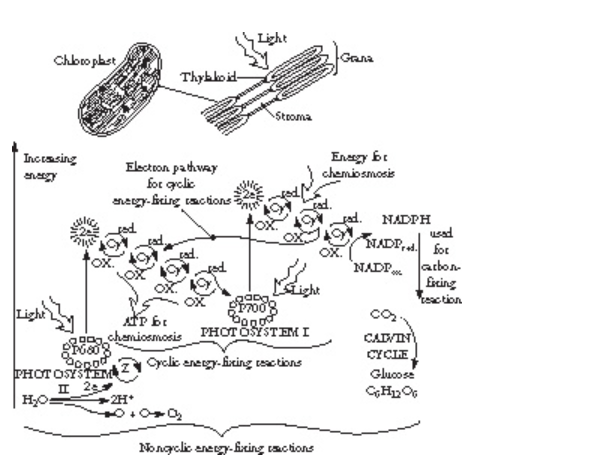DNA Replication
Before a cell enters the process of mitosis, its DNA replicates itself.
Equal copies of the DNA pass into the daughter cells at the end of mitosis.
In human cells, this means that 46 chromosomes (or molecules of DNA) replicate to form 92 chromosomes.
The process of DNA replication begins when specialized enzymes pull apart, or “unzip,” the DNA double helix.
As the two strands separate, the purine and pyrimidine bases on each strand are exposed.
The exposed bases then attract their complementary bases.
Deoxyribose molecules and phosphate groups are present in the nucleus.
The enzyme DNA polymerase joins all the nucleotide components to one another, forming a long strand of nucleotides.
Thus, the old strand of DNA directs the synthesis of a new strand of DNA through complementary base pairing.
The old strand then unites with the new strand to re-form a double helix.
This process is called semiconservative replication because one of the old strands is conserved in the new DNA double helix.
div class="ImageBlock ImageBlockCenter">

Figure Above DNA replication. The double helix opens and a complementary strand of DNA is synthesized along each strand.
DNA polymerase joins nucleotides in a 5'-3' direction on the leading strand, shown in Figure 10-1. However, DNA polymerase does not elongate a DNA strand in a 3'-5' direction. Therefore, the 3'-5' strand, called the lagging strand, is synthesized in short segments in a 5'-3' direction. These short segments placed on the lagging strand are Okazaki fragments and are ultimately joined together by the enzyme DNA ligase to form a new DNA strand.
DNA replication occurs during the S phase of the cell cycle. After replication has taken place, the chromosomal material shortens and thickens. The chromatids appear in the prophase of the next mitosis. The process then continues, and eventually two daughter cells form, each with the identical amount and kind of DNA as the parent cell. The process of DNA replication thus ensures that the molecular material passes to the daughter cells in equal amounts and types.
1 | 2
